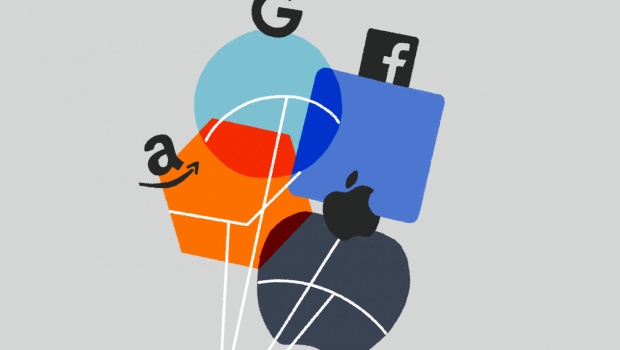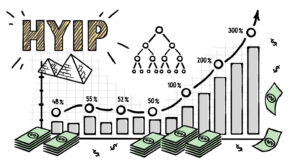What Does the Growth of GAFA mean for the Future of Tech-Related Business?
GAFA, also known as the Gang of Four, is a term commonly used to describe the largest four businesses in the tech sector: Amazon, Apple, Facebook, and Google. They act in direct competition with each other, offering many similar ideas and products which users hope might combat what could otherwise be a problematic monopoly.
With a collective worth of well over a trillion dollars, these businesses spend considerable time and effort snapping up newer tech businesses, in an attempt to predict and control future growth. However, these are not the only way in which they shape the current tech and financial environment.
Established Giants
Many of these, like YouTube, have gone on to effectively become the defacto option for many, shaping the conversation of what a system should be despite what are often rather profound shortcomings. Others, such as Instagram, are more competitive in their place in the tech industry. The issue here is that in the case of the former, monopolization exists despite the big four being among the only ones with the resources to compete on such a global stage. As, on a larger scale, this technology is still in its infancy, there is still hope that proper competition will arrive in due time.
Newer Businesses
The days of digital pioneering are long since over and the big four now dominate the technological landscape. This means that newer businesses rarely aim to compete with GAFA in their own right. Instead, the aim of newer businesses is to create a viable product, and then sell the rights to one of the GAFA companies. This can be a positive development, in that this sort of backing will then allow the original business the resources to expand and get their IP recognized on a level which would never otherwise be possible – provided they are able to protect it. Rather than starting from nothing, they will be able to piggyback on the bigger companies’ legacy, which is often the key component to operating on the largest of stages. And since such investment costs a fraction of what GAFA can afford, they are hardly a gamble.
Indirect Growth
Such enormous wealth has also driven interest in other activities on the market, such as trading and investments. To give an example, CFD trading had traditionally been left to those heavily involved in some aspects of the financial industry. Part of this was due to the complex nature of the general concept, while the difficulty of efficient and reliable access to CFD systems also played a major role.
Of course, this is arguably applicable across most industries but, with improving stock prices and the sheer size of GAFA, this area provides us with a prime example. The exponential developments in tech that make GAFA so successful are also behind the increased desirability of getting involved in CFD trading: people wishing to learn how to trade CFDs today need only turn an established service such as that from the IG Group. These systems appeal to potential users of all levels of knowledge by covering every basis of consumer understanding. From academy courses to teaching the fundamental concepts through building a trading plan and finding the right opportunities to exchange, such services take advantages of technology to potentially open up the wealth of GAFA to a far greater trading audience than before.
Growing Forward
The current trajectory of the online world is one which appears increasingly directed toward some involvement with the big four. From the further domination of existing businesses to the purchasing of new, expansion is inevitable. Aided by surrounding infrastructure and investment, the future is one where involvement with these big four will only grow more necessary, in both our personal and professional lives.











![How the Internet of Things (IoT) is Changing the Future of the Supply Chain [Infographic]](https://technofaq.org/wp-content/uploads/2018/03/How-the-Internet-of-Things-IoT-is-Changing-the-Future-of-the-Supply-Chain-150x150.png)





